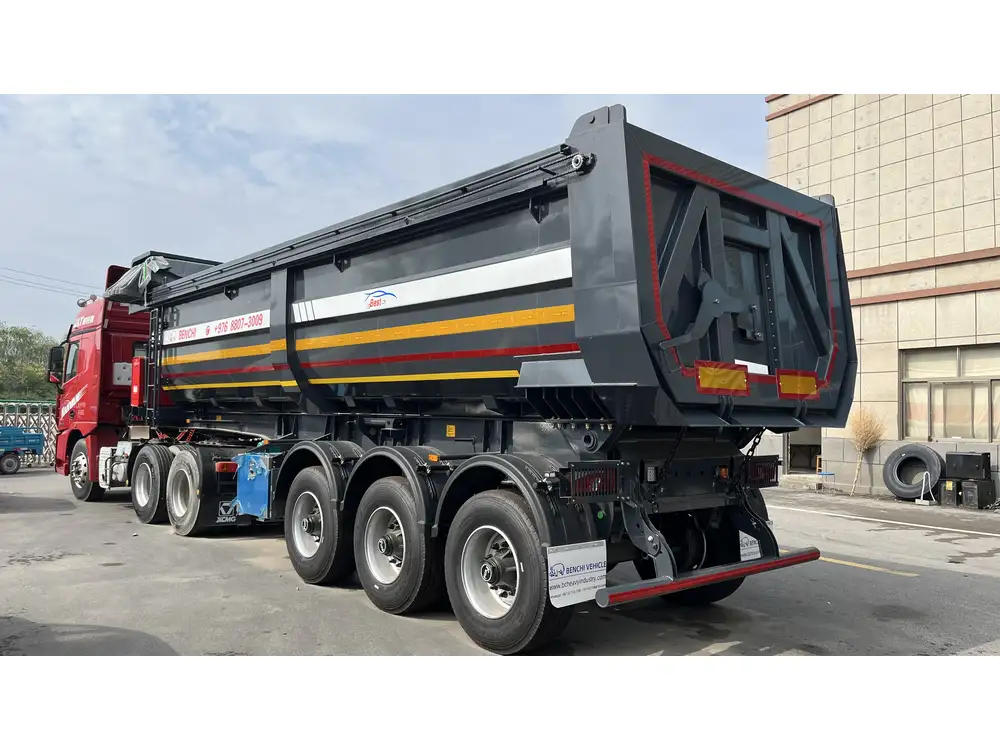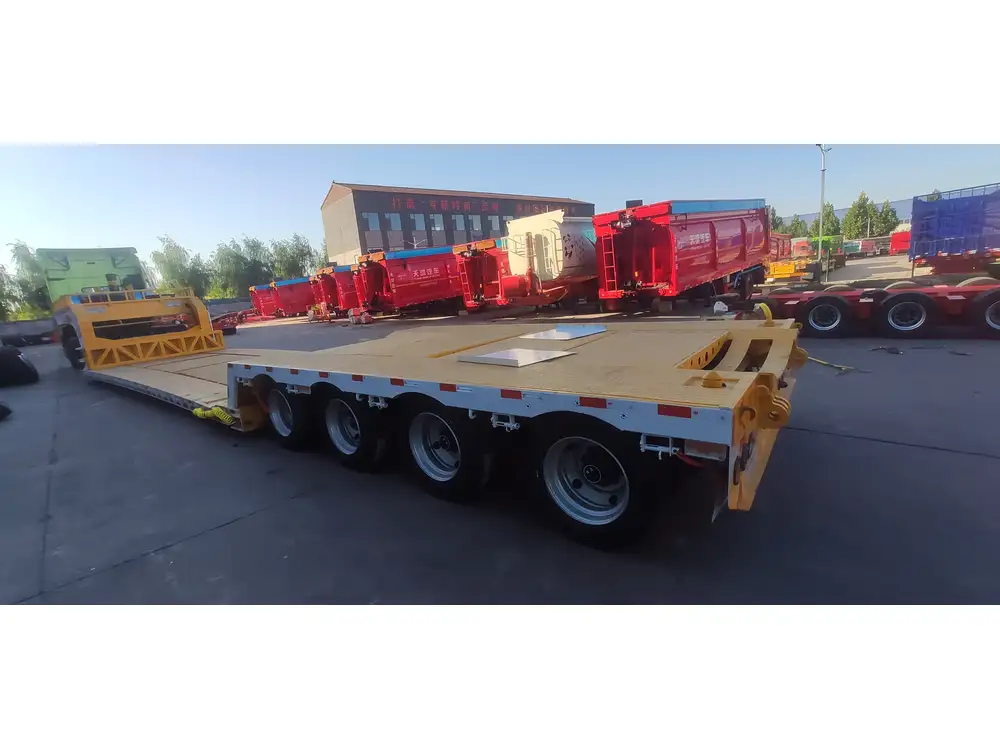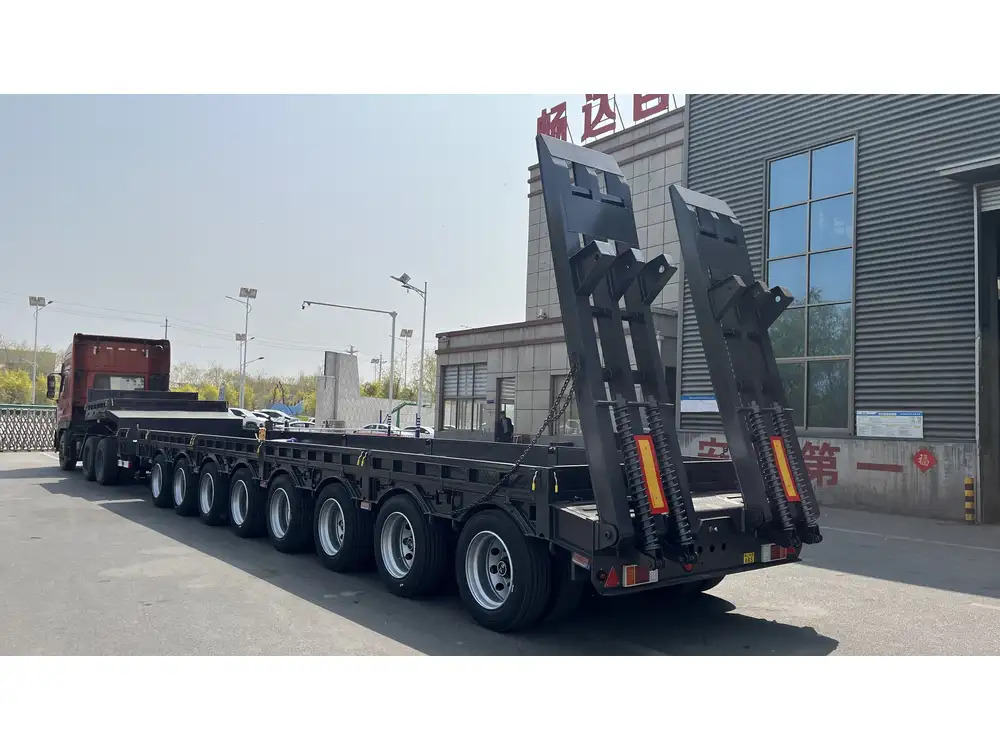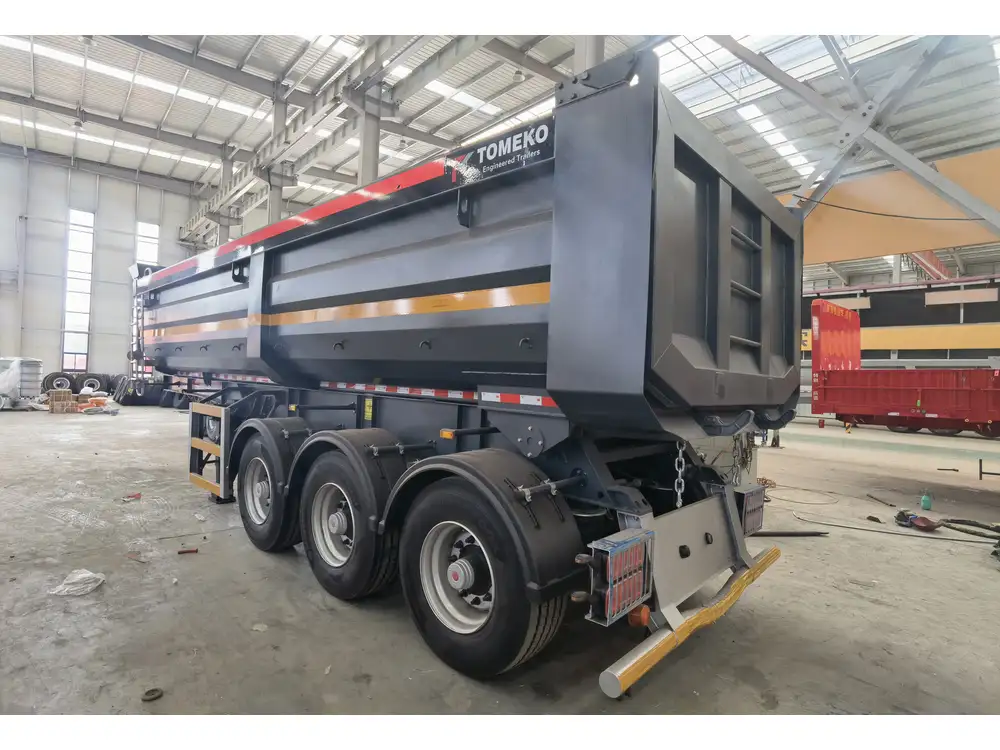Creating an effective understanding of the interior dimensions of semi-trailers is essential for logistics professionals, fleet managers, and transportation businesses. When considering trailer selection for specific cargo, one crucial aspect comes prominently into focus: how tall is the inside of a semi-trailer? For those in the trucking industry, comprehending this measurement not only aids in optimizing freight loading but also ensures compliance with road regulations. Thus, this article delves into the vital parameters that define the internal height of semi-trailers, their implications for shipping, and considerations for various types of cargo.
The Standard Interior Height of Semi-Trailers
To embark on this journey of understanding, we first address the baseline: the standard interior height of semi-trailers. Typically, the interior height range is from 13 feet 6 inches to 14 feet (most commonly found in 53-foot trailers). However, nuances exist that warrant exploration:
| Type of Trailer | Typical Interior Height |
|---|---|
| Standard Van | 13 feet 6 inches |
| High Cube Van | 13 feet 10 inches |
| Flatbed | Varies with load type |
| Reefer Trailers | 13 feet 6 inches to 13 feet 10 inches |
Variations by Trailer Type
Standard Van Trailers: These are the most common type of semi-trailers and feature a practical interior height of 13 feet 6 inches, providing substantial space for loading various freight types.
High Cube Trailers: Slightly taller at 13 feet 10 inches, these trailers accommodate bulkier items and enable greater cubic capacity, making them ideal for businesses that often transport oversized products.
Flatbed Trailers: Unlike enclosed trailers, flatbeds allow for cargo of various heights and dimensions to be loaded, but the height will depend largely on the load itself.
Reefer Trailers: Cold storage trailers generally match the standard height of standard vans, maintaining at 13 feet 6 inches, though certain configurations may offer slight variations for temperature-sensitive shipments.

Understanding Impacts of Height on Cargo Handling
The height of a semi-trailer’s interior significantly influences cargo handling procedures. Here are key considerations regarding these impacts:
Loading and Unloading Times
Tall Cargo: If you’re frequently transporting tall items, opting for a higher interior trailer is advantageous, as it reduces the necessity for special loading equipment or permits.
Standard Equipment: Relying on standard loading docks and freight handling equipment can improve efficiency. The standard 13 feet 6 inches allows seamless integration with most commercial storage facilities.
Regulatory Requirements
- Height Restrictions: It is pivotal to be aware of federal and local regulations governing height restrictions. In many jurisdictions, the maximum legal height for vehicle-trailer combinations is 13 feet 6 inches. Taller trailers may require special permits for road use, thus adding to the operational costs.

Packaging Design
- Optimizing Space: Utilizing the full height of the trailer can lead to more strategic packaging design. By maximizing vertical space, businesses can streamline operations and potentially reduce shipping costs.
Compatibility with Infrastructure
- Accessibility to Warehouses: Consideration must be given to infrastructures, such as warehouses and distribution centers, which often have mandated height limits. Ensuring that trailer dimensions are compatible with these structures can mitigate logistical challenges.
Semi-Trailer Dimensions in Perspective: A Closer Look
To further augment our understanding, let’s dive into the comprehensive dimensions of a typical semi-trailer and how they correlate with the interior height.

Common Dimensions of a 53-Foot Semi-Trailer
| Measurement Type | Dimension |
|---|---|
| Interior Height | 13 feet 6 inches |
| Exterior Height | Approximately 14 feet |
| Width (Interior) | 8 feet |
| Length (Interior) | 52 feet 6 inches |
| Gross Vehicle Weight Rating (GVWR) | Up to 80,000 lbs |
The significant variance between the exterior and interior heights is noteworthy. While the typical exterior height might exceed 14 feet due to additional equipment such as air suspension systems, understanding the actual loading space is paramount for shippers.
Additional Considerations for Unique Cargo
Fragile Goods: When transporting items susceptible to damage from excessive height, choosing the right trailer type to mitigate risk is essential.
Automobiles and Other Vehicles: Trailers designed specifically for automobile transport may have differently configured heights and widths to accommodate varying model sizes without stressing the vehicles.
Common Queries Related to Interior Trailer Heights
Addressing frequently asked questions is an excellent way to comprehensively present the necessary information. Let’s explore some common concerns regarding semi-trailer interior heights:

1. Can I Use a Standard Trailer for Taller Cargo?
- While you can load taller cargo into a standard trailer, adherence to height restrictions is vital. Special loading configurations may be necessary to ensure compliance.
2. How Does Interior Height Affect Weight Distribution?
- A high interior height allows for a better weight distribution when stacking cargo. Ensure that heavier items load towards the trailer bottom to prevent tipping during transit.
3. What Are the Risks of Overloading?
- Overloading increases the risk of structural failure, in addition to potential violations of load capacity regulations. This can lead to accidents or costly fines.

4. Why Are Interior Heights Not Consistent Across All Trailers?
- The variation in interior heights caters to diverse industry needs. Different cargo types require specific configurations suited for efficient transportation.
Conclusion: Maximizing Utilization of Semi-Trailer Heights
In navigating the intricate realms of trailer logistics, understanding the interior height of semi-trailers rejuvenates your operational strategies. This knowledge becomes pivotal in selecting the appropriate trailer type, efficiently loading cargo, and ensuring compliance with applicable regulations.
Furthermore, as transportation demands evolve, recognizing that truck trailers can be customized helps meet specific loading challenges. High Cube trailers, while somewhat costlier, present a compelling option for businesses intent on maximizing cubic capacity.
By embracing this wealth of information, fleet managers can enhance strategic planning, resulting in improved efficiency, reduced costs, and ultimately, tailored solutions suited for any logistics challenge in an ever-changing market landscape. Understanding the nuances associated with semi-trailer height not only influences procurement decisions but drives overall business success within the transportation industry.
In selecting trailers, keep in mind the diverse specifications, unique loading requirements, and the growing demands of the market. Thus, customizing your choice of semi-trailer can lead to a more dynamic and effective logistics framework that stands the test of time, serving both immediate and future needs effectively.



